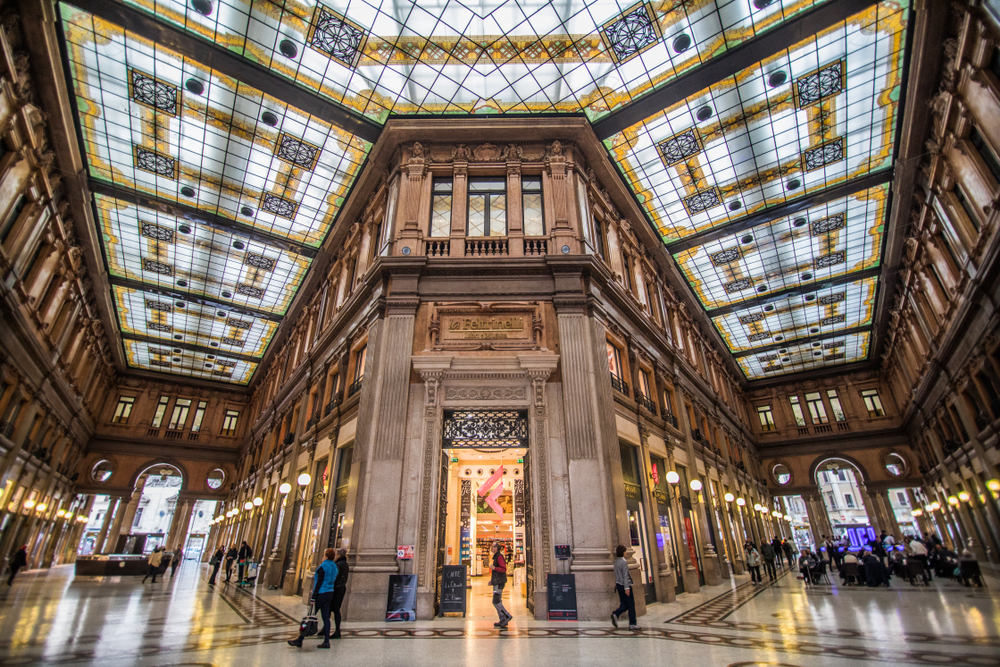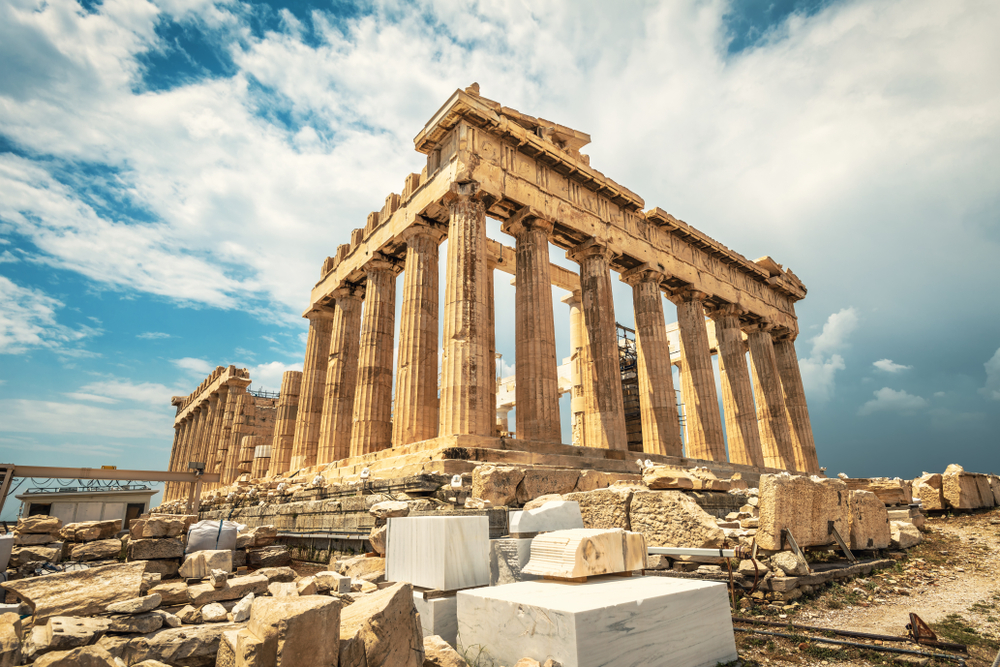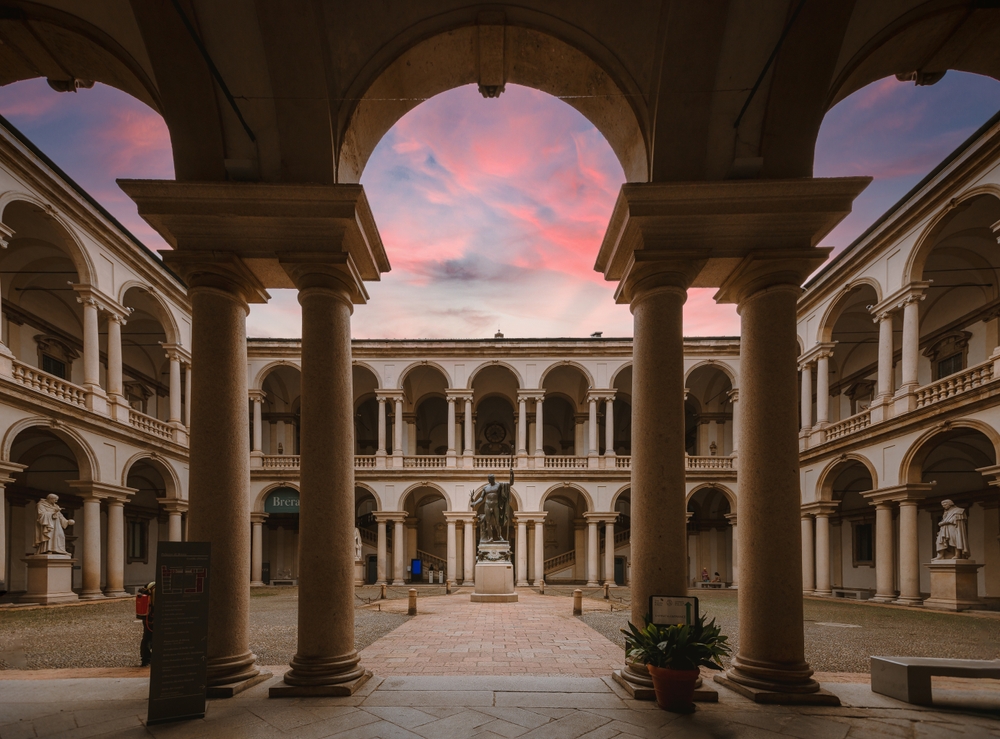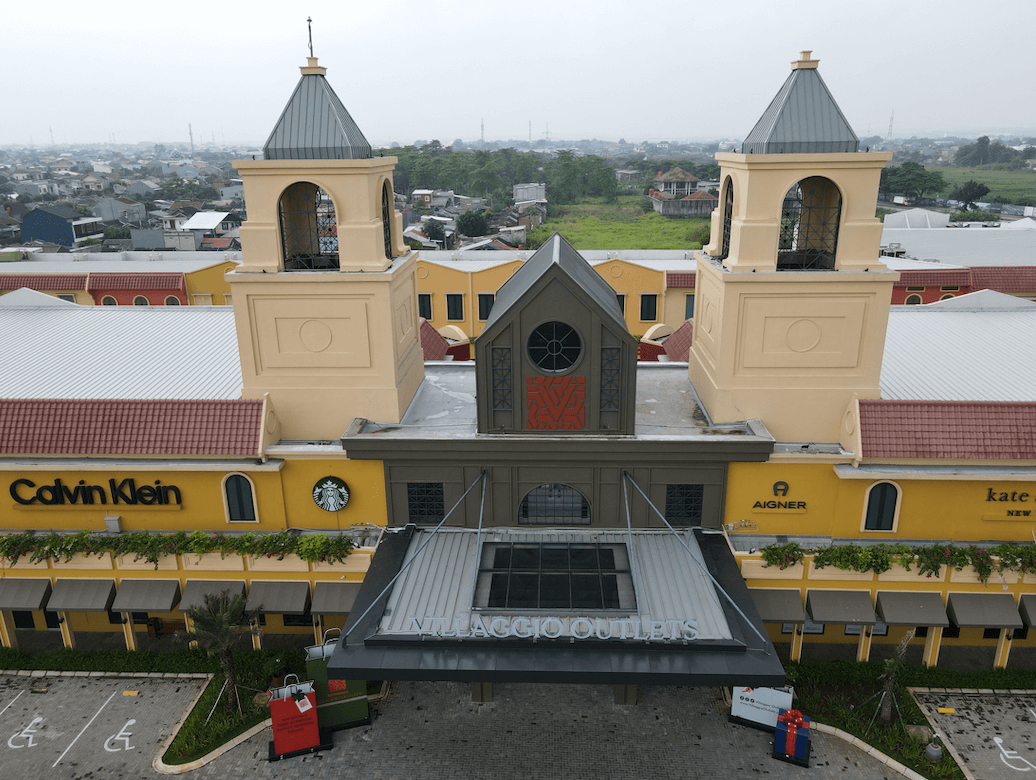05 Aug 2024
Discover 5 Distinctive Features of Classical Architecture
Discover 5 Distinctive Features of Classical Architecture
Share:
Classical architecture has captivated the attention of art and history enthusiasts for centuries due to its beauty and elegance. This architectural style not only reflects the technical and artistic intelligence of ancient architects but also mirrors the cultural values and beliefs of the society at that time.
A Brief History of Classical Architecture
According to historical records, classical architecture emerged from the first century to the 14th century, before the Renaissance era. This architectural style appeared alongside the beginnings of written civilization in the Western world, particularly in ancient Greece. Classical architecture is rooted in 5th-century Greek architecture and 3rd-century Roman architecture. Classical buildings are often defined by their style and the ornamentation of their columns and pediments.

The Greeks documented their culture in major manuscripts. According to Leland M. Roth, these manuscripts recorded all forms of art and architecture of the time. From Greece, classical architecture spread to the Roman Empire and eventually to the rest of Europe and the world.
Roman architect Marcus Vitruvius stated that all buildings should have firmitas, utilitas, and venustas (strength, utility, and beauty), which became the basic principles of classical design. These principles were combined with the philosophy of ancient Greek design, which believed that architecture should follow logic and order with perfect symmetry and proportion.
It is not difficult to find examples of classical architecture buildings. This style is often seen in historical buildings, such as the Leaning Tower of Pisa, the Temple of Athena Nike, and the Parthenon in Athens.
Distinctive Features of Classical Architecture
Classical architecture is known for its distinctive aesthetic value. From grand pillars to elegant large windows, every element in classical architecture seems designed to create a luxurious and proportional impression. The image created is so strong that it is easy to identify. However, to give a more complete picture, here are some of the most prominent features of classical architecture:
1. Large Pillars

Classical architecture is heavily influenced by ancient Roman and Greek cultures. One of the most striking characteristics is the use of large pillars and pilasters.
In classical architecture, these pillars not only serve as structural supports but also add grandeur and sturdiness to the building.
2. Symmetrical Buildings
Balance and proportion are fundamental principles in classical architecture, reflected in the symmetrical design of buildings. Typically, roofs in classical architecture are saddle-shaped or mansard with moderate slopes. Unlike modern designs that are more experimental, classical architecture showcases uniformity between the right and left sides of a building.
3. Dominant Single Color
The color selection in classical architecture tends to be simple and straightforward, usually limited to a dominant color like white or cream. These colors convey elegance and cleanliness. Additionally, classical architecture is known for using materials such as stone, brick, marble, and concrete. These materials not only provide strength and durability but also enhance the unique aesthetic beauty of classical architecture. Despite this, homeowners still have the freedom to create a color palette that suits their tastes.

4. High Ceilings
The design of high ceilings is a characteristic of classical architecture. High ceilings not only add a sense of luxury and grandeur but also improve air circulation, preventing stuffiness, and enhance the interior aesthetics, especially when complemented with attractive chandeliers or pendant lights.
5. Large Windows
Large windows are almost always present in classical architecture. Their presence is not merely for aesthetic purposes; they help balance the building's proportions. Typically, large windows are arched to match the building's scale. Additionally, window frames are chosen with the right color palette to enhance the beauty and harmony of the house's appearance.
Types of Classical Architecture Styles
When talking about classical architecture, people often think of ancient Greek and Roman civilizations. However, there are more than two types of classical architecture styles. Here are a few:
1. Greek Classical Architecture
Greek classical architecture is known for its iconic structures like the Parthenon. This style was heavily influenced by the dominant polytheistic beliefs in ancient Greek society, leading to many Greek classical architecture styles being applied to temples used for worshipping gods.
2. Roman Classical Architecture

Compared to Greek classical architecture, Roman classical architecture tends to be more advanced in technology. Although both stem from the same origins, Roman architecture exhibits significant differences, such as the use of more sophisticated technology, stronger building structures, and more aesthetically varied columns.
1. Italian Classical Architecture
Italian classical architecture is often categorized as modern classic due to its more diverse interior and exterior design styles. Differences in Italian classical architecture can be seen in ceiling shapes, which frequently feature domes, and the use of brighter interior colors.
2. American Classical Architecture
American classical architecture is heavily influenced by European styles, particularly those from England and France. You can observe this influence in the furniture and ornaments commonly used. One distinctive feature of American classical architecture is its more minimalist ornamentation.
COLORBOND® Steel: The Masterpiece of Classical Architecture Starts Here!

Villagio Outlets in Karawang, West Java, uses COLORBOND® Gull Grey & Armour Grey. The chosen color combination also aligns with the building's design aesthetics, creating a visual harmony that blends seamlessly with the surrounding environment.
In the world of classical architecture, materials play a vital role in achieving timeless beauty. To create such beauty, COLORBOND® color-coated steel emerges as an innovative solution that can be integrated with classical architecture.
COLORBOND® offers unparalleled protection. The technology used has been proven for over 50 years, demonstrating its ability to provide optimal protection against corrosion and extreme weather conditions.
Choosing COLORBOND® steel is not just about selecting quality. By choosing COLORBOND®, you are also investing in the beauty and durability of the building.

